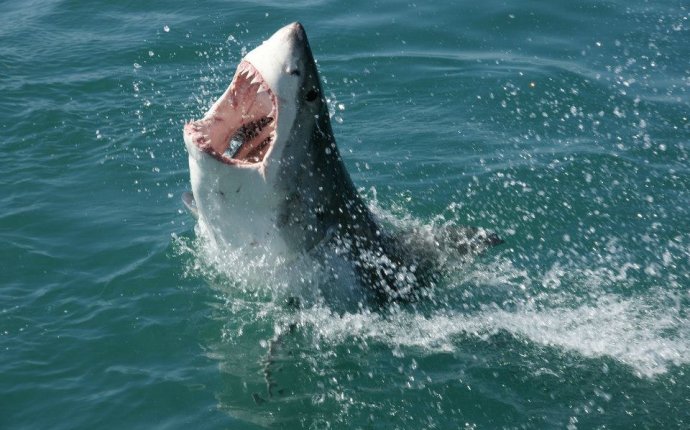
Predators in Australia
Australian examples of surplus killing by mammalian predators were collated. These included surplus killing of native mammals and birds by foxes (Vulpes vulpes) and stock, native mammals and native birds by dingoes (Canis lupus dingo). We found no examples of surplus killing by feral cats (Felis catus). Incidents collated include historical anecdotes of surplus killing by foxes as they colonised the Australian mainland, recent examples where foxes killed threatened native species at sites despite intensive management to exclude foxes, and recent examples of the killing of native species on formerly fox-free islands to which foxes gained entry. Episodes of surplus killings by foxes, other than predation on captive or closely confined animals, appeared different in kind and frequency to those documented for co-evolved predator–prey systems on the large continental landmasses. They did not appear to be uncommon events associated with synchronised births of prey species, unusual or extreme weather that disadvantaged prey species, or seasonal food caching by a predator. Rather, surplus killing events appeared to reflect ineffective anti-predator defences by prey species when encountering a novel and efficient predator to which they have had no evolutionary exposure. We suggest that surplus killing by foxes may have been a feature of, and major contributor to, the rapid mainland extinction or contraction in range of many native species in Australia. In contrast to foxes, examples of surplus killing by dingoes relate mostly to domestic stock (calves and sheep). The arrival of dingoes to the Australian continent preceded that of foxes by 3500–4000 years, but they appear not to have had the dire impact on native mammals that we attribute to foxes. This may be due to fundamental differences in hunting styles and prey size and to their sparse populations in pre-European Australia. Active persecution of non-commensal dingoes by Aborigines, the lack of free-water, and the absence of European rabbits (Oryctolagus cuniculus) as an alternative food supply would have limited their numbers and their impact on native mammals.









